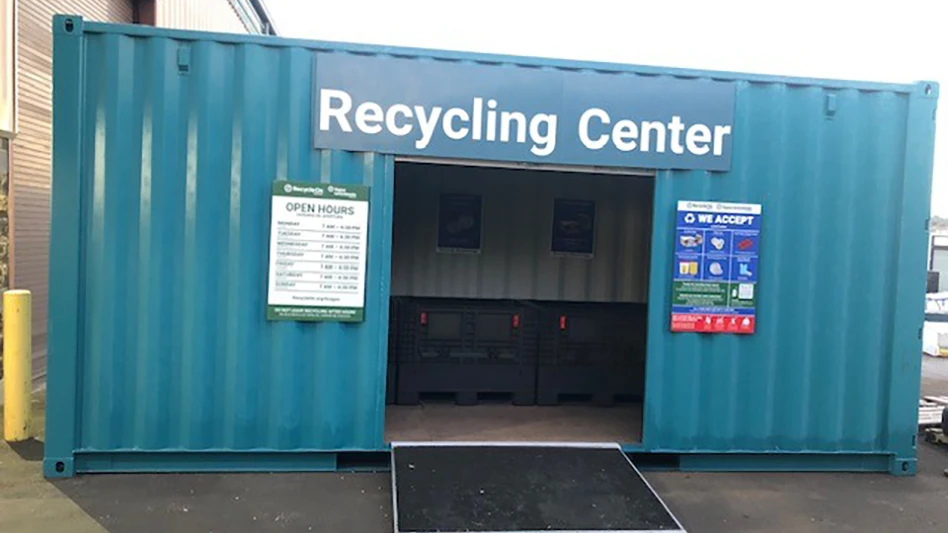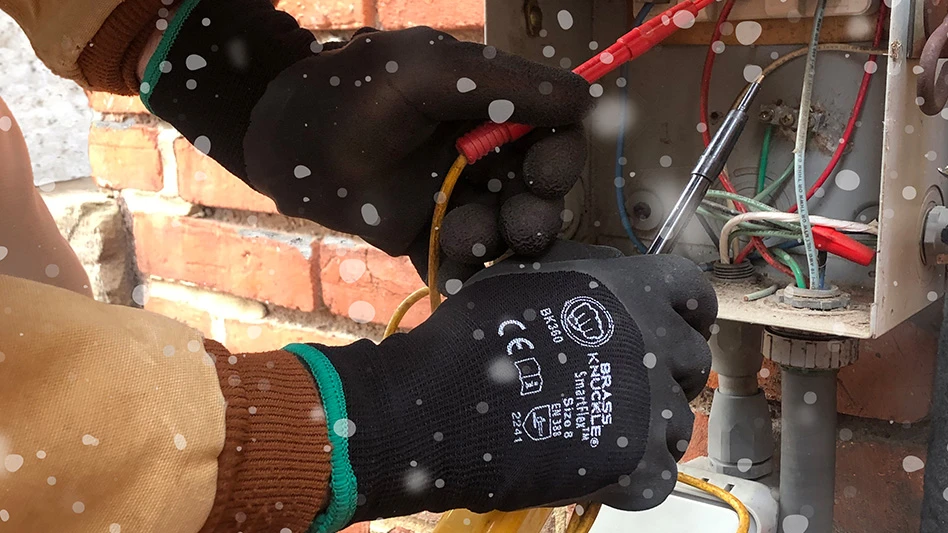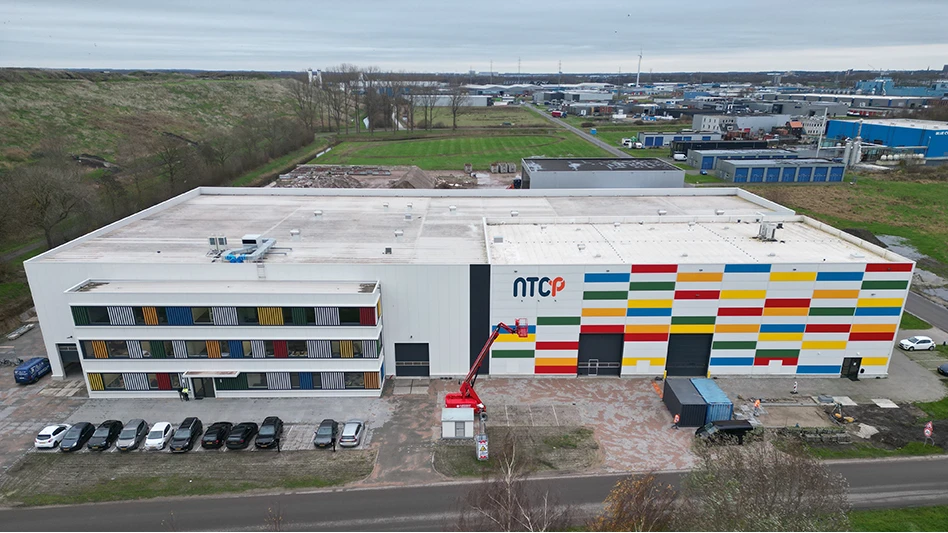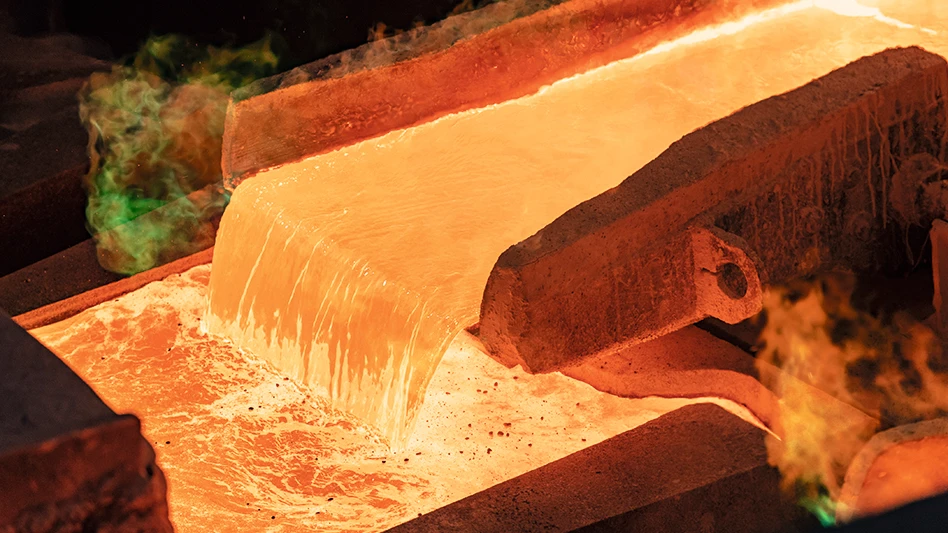The Confederation of Paper Industries (CPI) is refuting a recent article that appeared in the Daily Mail which highlights a number of issues associated with household waste and recycling collections. In a release, the CPI says that while it agrees that action needs to be taken to improve the quality of paper and other materials collected for recycling, the recycling of valuable resources should not be discouraged.
In response to the article, CPI has made the following points:
•Recovered paper is the most important raw material for the paper and paperboard industry in the United Kingdom. The overall paper recycling rate in the U.K. stands at 73 percent, making it the most recycled of all household/commercial resources;
•The quality of the recovered paper used to make new paper and board can be used without further sorting if the material is segregated at the household. This will reduce the contamination inherent in the recovery process;
•While there are issues affecting how recyclables are managed following their collection, any implication that householders are being misled is counterproductive. While processing systems must be improved, households should continue to collect recyclables;
•Contamination is most common when collecting and processing material through a commingling/single stream program. The rejection level through this collection method can be as high as 10 percent;
•All successful recycling collection services require clear communication from councils to help households understand what materials can be included for recycling in their areas, and how these materials should be presented. This can help reduce the level of contaminants entering MRFs. Contrary to being an additional cost, effective communications campaigns can result in net savings by maximizing the quality of the material being collected. Government should encourage local authorities to retain budgets for recycling marketing/education campaigns;
• Further material can be rejected at the paper mills due to high levels of contamination from MRFs. It is essential for MRF to improve their performance to increase the value of the material;
The CPI adds that government agencies are developing methods to assist councils in accounting for the weight of contaminants that is disposed of by end consumers. Once in place, this mechanism should provide a truer idea of the material being sent for recycling.
The CPI says that widespread evidence suggests that councils offering reduced refuse collection frequency alongside good recycling collection systems can reward taxpayers with higher recycling rates, reduced waste disposal costs and income from the sale of the recyclables.
In its release, the CPI agrees that recycling has leveled off and amounts of household rubbish sent to power-generating incinerators are increasing. Energy recovery is a better option than landfills, but recyclable paper must only be used for energy recovery at the end of its life-cycle when it can no longer be recycled into new paper.
Latest from Recycling Today
- US Steel to restart Illinois blast furnace
- AISI, Aluminum Association cite USMCA triangular trading concerns
- Nucor names new president
- DOE rare earths funding is open to recyclers
- Design for Recycling Resolution introduced
- PetStar PET recycling plant expands
- Iron Bull addresses scrap handling needs with custom hoppers
- REgroup, CP Group to build advanced MRF in Nova Scotia





